In the social media-fueled new world of tourism, we are tempted to hurry from one Instagrammable spot to the next, creating evidence that we have physically been somewhere even if, in reality, our minds were a thousand miles away. It’s no wonder that when we come down from the temporary high of our vacation accomplishments, we feel even more exhausted than before our trip.
For centuries, a tiny Nagasaki island has opened its arms to weary travelers: first to those making the once treacherous voyage across the sea between Japan, China, and Korea, and now to modern travelers disillusioned by creating their holiday itineraries from social media posts. For those in need of a destination that provides healing and rejuvenation, Ojika Island could well be your island.
The Joy of Making New Friends on Ojika Island
You could attribute the appeal of Ojika to its natural beauty or the traditional culture preserved on the island. But the lasting appeal of a destination comes through human connection, the interactions with local people that lead to smiles, laughter, and sometimes enduring friendships. Yasuyo Udo, a woman who has made her home in Ojika for 50 years, agrees. She came to Ojika Island in her early 20s and fell in love not only with the land but with its people. She returned four or five times, once each year, before marrying a local and settling down.
Udo relates her story to us in the kitchen of our kominka, a beautifully restored traditional Japanese house that we call home during our stay on the island. She came to prepare a meal with us; that’s with us, not for us. She didn’t come as a chef to work in silence and slip out of the house quietly; she came as a local resident eager to share about her life and learn something about ours. As we cooked together, side by side, she shared about her life of adventure, traveling to India by ferry in the 1970s (and nearly ending up staying there for life), raising her family on Ojika Island. Before she left, she filled our table with a feast of local delicacies and helped with the dishes. And the day we boarded the boat to return to the mainland, she was at the port to say goodbye, waving to us as we pulled away from her island.
U-Turnees: Why Many Ojika-born Residents Return to the Island
During our three days enjoying the tranquility and calmness of Ojika Island, we met many locals running restaurants, cafés, and shops. If they weren’t busy with customers, we engaged them in conversation, and they were happy to share a little about their lives with us and give us some insight into the magnetic appeal of this little island of Nagasaki.
The majority of residents on Ojika are classified as “U-turnees,” those who were born on the island, left for a season, and returned again for various reasons. The poster child for Ojika “U-turnees” could be Momoko Yokoyama, who runs the letterpress and design workshop Ojikappan.
After graduating high school, Yokoyama left the island to study design at a university in Tokyo. While there, she developed an appreciation for the art of letterpress, a business her family had been in for three generations on Ojika. When she informed her father that she would become the fourth generation, he adamantly opposed her, telling her there was no future for letterpress on the island after he retired. But Yokoyama was undeterred and returned against his will anyway, setting up shop next door to her father in the same building. While her father maintained the long-time customers of his letterpress shop, Yokoyama built new customers by combining her design and letterpress skills. Today, both businesses co-exist side-by-side, and her father relented in his opposition. Yokoyama is also a mother of a young daughter, perhaps the future fifth generation of letterpress artists on Ojika.
She is also active in shaping the future of Ojika through the arts. Like her grandfather before her, she has become involved in community groups fostering the arts on the island, setting up art exhibitions, and inviting artists from other parts of Japan and overseas to exhibit their works on the island.
Years or Decades Later: The Call of Ojika is Still Irresistible
Cafe Totona is a charming little restaurant tucked away in the streets of Ojika’s downtown area. Its owner, Misuzu Tamura, is another U-turnee to Ojika, but her circumstances were very different from that of Yokoyama. Tamura also left Ojika after high school and worked in national politics in Tokyo, serving as a long-time assistant to a national politician for four decades. About six years ago, he passed away, and in the same year, her mother also passed. That year, she returned to Ojika for a school reunion and realized how she missed the lifestyle here. She decided to open a restaurant focused on her love of cooking, and one of her relatives offered the building where Totona is currently housed. Tamura created the interior design by herself, and the restaurant has become a popular spot to enjoy a delicious Japanese-style breakfast or a lunch set. She says she never regrets her decision to return to her hometown and enjoys this new season of life seemingly timed by fate.
It’s hard to miss the Yokoyama Shop along one of Ojika’s main streets, with its huge “YOKOYAMA” sign stretching across the storefront. The store primarily sells stationery supplies but also provides other valuable services to the local residents. It has earned its place, having been in business for over 100 years, and is now in the capable hands of Eiji Yokoyama, who took over running the shop from his mother. Another U-turnee, had no intention of returning to the island after graduating high school, but after a few years away with no particular prospects, he returned to help his sister with her business. His mother was also running the stationery shop alone, so he began to help out. His desire to stay in Ojika was finally ignited when he joined an interest group centered around acting and found real community here in his hometown. Since then, he has become an active community member, well-known and respected for his service in the community.
Ojika Residents are Investing in the Island’s Future
You can’t miss Harutomo Egawa, with his bleach-blond head of hair pulled back in a tight ponytail, driving around in his company truck that simultaneously proclaims “Love Beer” and “Love Ojika.” Egawa runs one of Ojika’s small grocery stores, an integral part of everyday life for local residents. Egawa is another Ojika U-turnee, but he left the island for just two years to study a trade. He remembers it being a lonely time, and when he finally returned home, the feeling was, in his words, “liberating.”
Over five years ago, Egawa became tired of the endless tide of garbage dumped by commercial fishing boats in international waters that washed up on his favorite Ojika beach. One day, he woke up at dawn, drove down to the beach, and picked up trash for an hour before starting work. The next day, he did it again. And again. For five years, rain or shine, he cleaned the beach until it was usable and attractive again. He was so single-minded about cleaning the beach, his wife began to refer to it as his mistress. It was my favorite beach growing up, he remembers, and I wanted people to be able to enjoy it again. Near his grocery store, he has created a playful modern sculpture, ironically made from garbage collected from the beach, that reminds visitors of the damage humanity can wreak on nature and how one person can work to overcome that damage.
It is no surprise that Egawa became a popular figure in Ojika. When he ran for public office last year, he won a seat on the local council. Now, he is single-minded about a new cause: making Ojika a place where there is equality and tolerance for everyone, a place where people from all over Japan want to come and live, not only U-turnees.
We had conversations with locals in almost every place we visited on Ojika, learning more about their lives than can be shared in a short article like this. With each story, our lives were weaved into the fabric of Ojika, connected with the lives of new acquaintances and friends. Long after social media has faded away, these people and their stories will remain in our hearts and draw us relentlessly back to the peaceful island paradise of Ojika.
“The journey changes you; it should change you… You take something with you. Hopefully, you leave something good behind.” — Anthony Bourdain
Ojika Island: Where it Is and How to Get There
This has been a travelogue about Ojika Island, where I spent three wonderful days doing, well, practically nothing. Ojika is an island of Nagasaki Prefecture, most easily accessed by speed boat or ferry leaving from Sasebo Port. There is also an overnight ferry leaving from Hakata Port in Fukuoka that arrives in Ojika around 5am.
Bookings for any of the six kominka lodgings around the island can be arranged through Ojika Island Tourism, as well as various other activities such as fishing or a meal with a local family, a home-cooked meal in your kominka, sunset tours, or reservations for various local restaurants.
Sponsored by Ojika Town.

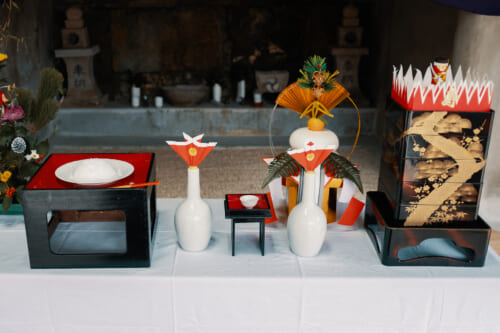
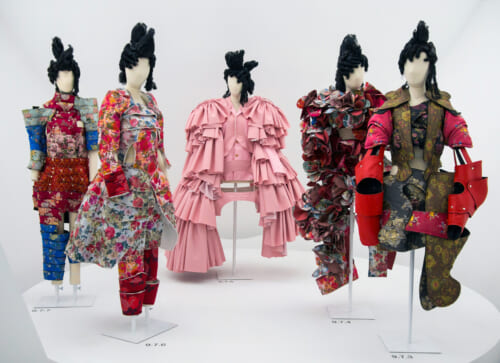
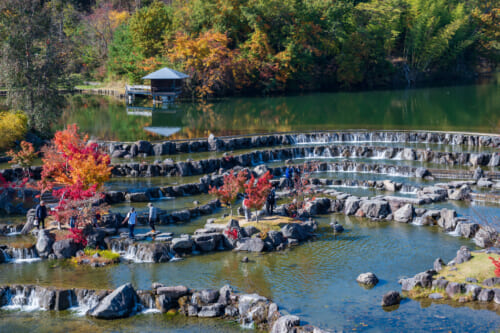
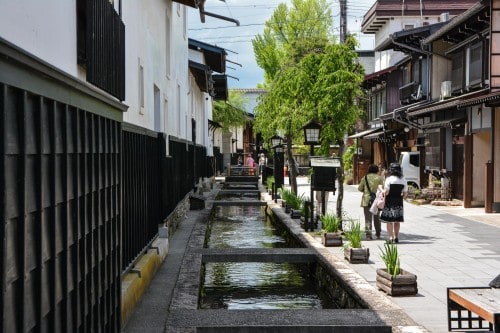
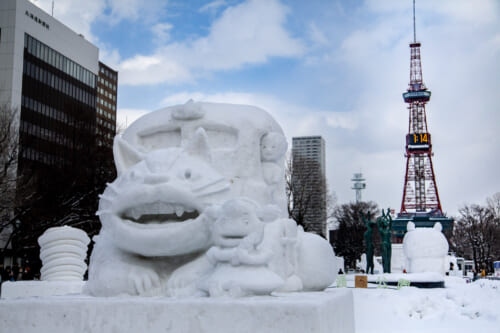
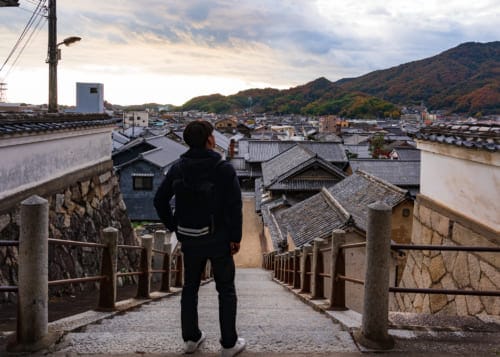
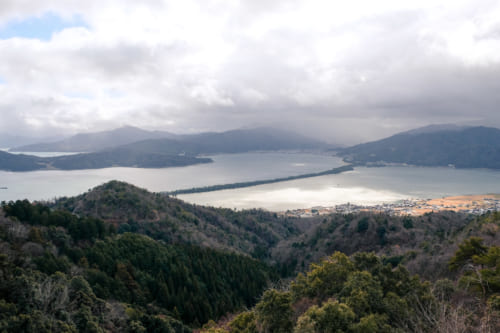


No Comments yet!